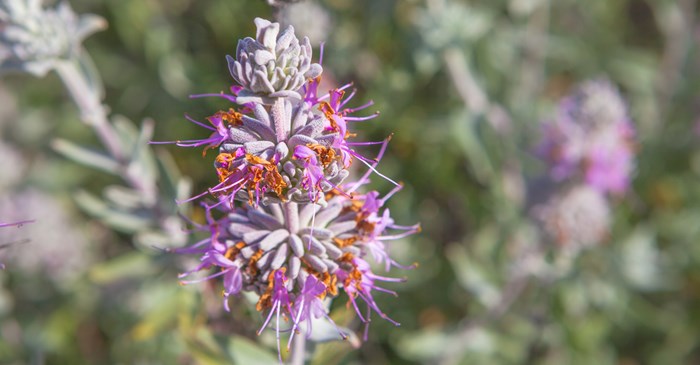According to the Audubon Society, a native-focused approach to gardening and landscaping reaps many benefits to homeowners. Native plants are already well-suited to the soil and precipitation in your area so they can grow and thrive. And if you’re a bird lover, you’ll see other bonuses. These plants are a part of their natural habitat, so introducing these plants and trees will be like rolling out the welcome mat to many interesting bird species.
Imagine your yard before the land around it was developed. Is there forever wild area nearby that makes that easy? What did it look like? What kind of trees and plants grew here? With that image in mind, consider choosing flowering plants, shrubs and trees native to your region when updating your landscape.
Some of these native plants and trees produce nuts and berries that sustain birds through the winter. Others may attract native caterpillars and insects the birds need to thrive and feed their nestlings. Native plants also supply the materials the birds in your neighborhood may be looking for to construct and line their nests. They also can give them quick shelter from the wind, rain and predators, or provide their favorite place to build a nest. Should you choose to make your yard more of a bird oasis, which native plants you choose will, of course, depend on where you live. So it's important to consult the experts and do your research.
The Audubon Society has a native plant database on its website that can spur some ideas for your yard. Simply enter your zip code and it will generate a list to help you get started. You can filter results based on the type of plant you are looking for (i.e.: tree, shrub, grass, annual, perennials, etc) or the type of bird you are trying to attract (i.e.: cardinal, finch, sparrow, etc). Many communities have an Audubon chapter or Master Gardener program which may also be a source of helpful information about native plants in your area, as you enhance your landscape.
